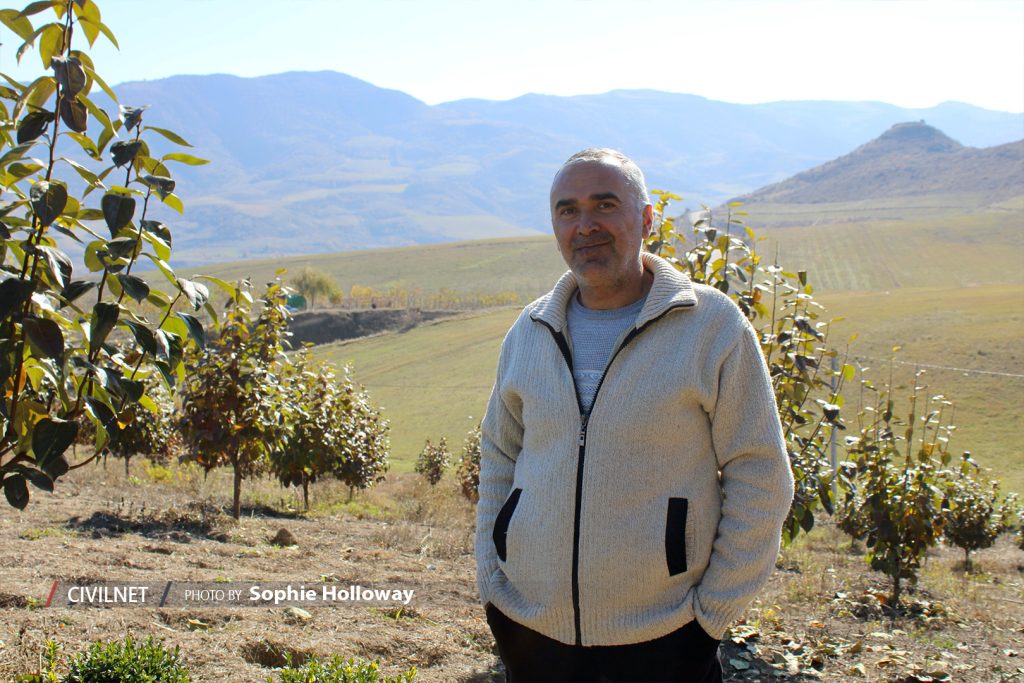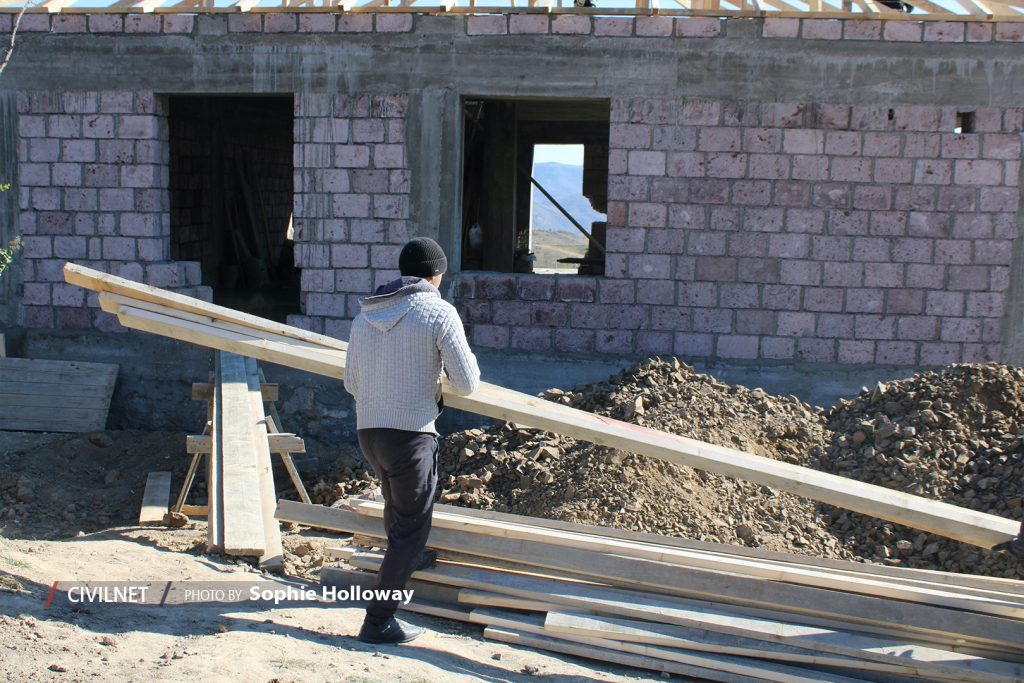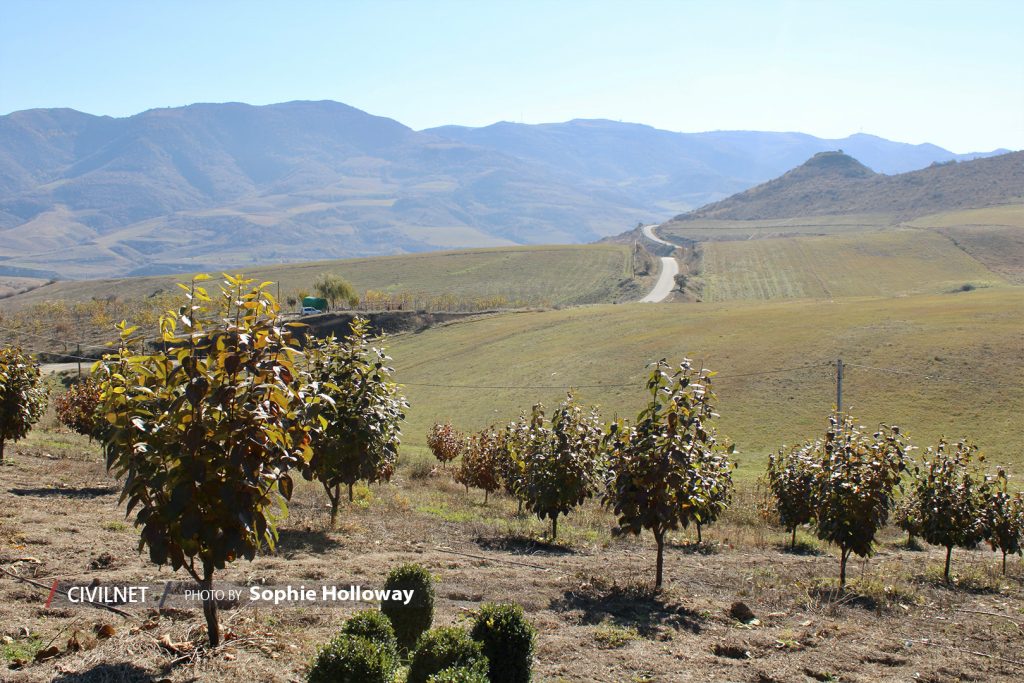By Sophie Holloway
While persistent violence between Armenia and Azerbaijan has decreased in the past year, a sense of uncertainty and anxiety remains in the border villages.
Despite this, housing developments can be seen in many of these villages. Nerkin Karmir Aghbyur, in the Tavush province in northern Armenia, is one of them.
Located on a hillside, the village is just over 2km from the border with Azerbaijan. Nver Galstyan, 52, sold his apartment in Yerevan to buy a plot of land here. He was overseeing the construction of his new property when we met last week.
“I live in the village, but this new house will be for my sons,” he says. “And when they marry, it will be big enough to house their families.” The house, which is almost ready, is situated on the edge of the village and overlooks rolling terrain.

Since 2022, the government has been helping Armenians build new properties in border villages across five different regions: Tavush, Vayots Dzor, Gegharkunik, Ararat and Syunik.
The program, entitled “Promoting Affordable Housing in Border Communities,” has few preconditions.
Anyone in Armenia can apply for funding, provided they hold Armenian citizenship, and they must have bought the plot prior to application. Having a family is not a prerequisite to build, and age is not a limiting factor.
Divided into monthly installments, the programme provides individuals or families with a total of 2,660,000 dram ($50,000) over a ten-year period.

The program was meant to last until 2024, but the government recently extended it until the end of 2025. Though uptake was initially slow due to poor publicity, there have now been over 1100 registered applications since the programme’s inauguration.
In some regions such as Areni, local administrations have also begun re-evaluating existing infrastructure to accommodate the needs of these expanding communities.
Aside from helping people to get a foot on the ladder and build new lives for themselves, the program has a wider, positive impact on these rural communities, something Galstyan has noticed for himself.
“There was a quarter there that was empty,” he says, pointing towards the village. “But now you can see there are thirty constructions, people from other villages have come here. It has brought this village to life.”
Re-populating these regions is important for fortifying the territory, too; residents can keep a close eye on any developments at the border, leaving the region less vulnerable to assault or incursion by Azerbaijani forces.

Nerkin Karmir Aghbyur suffered a series of attacks in 2014. While a few residential buildings were significantly damaged, no civilians were harmed and the government assisted with the necessary repairs.
“Personally, I am not afraid,” says Galstyan. “When there’s a shooting, I will know which side it is coming from, and what to do.”
Since 2014, the village has only experienced minor assaults, but this does not mean complacency has set in. While the threat of escalation does not deter Galstyan from continuing his life here, he is not without his fears – especially regarding his own children and the younger generation.
“The idea of more shootings makes me afraid for my sons,” he says. “It affects your life, having to think about it constantly.”
The post New communities develop on the Armenia-Azerbaijan border appeared first on CIVILNET.